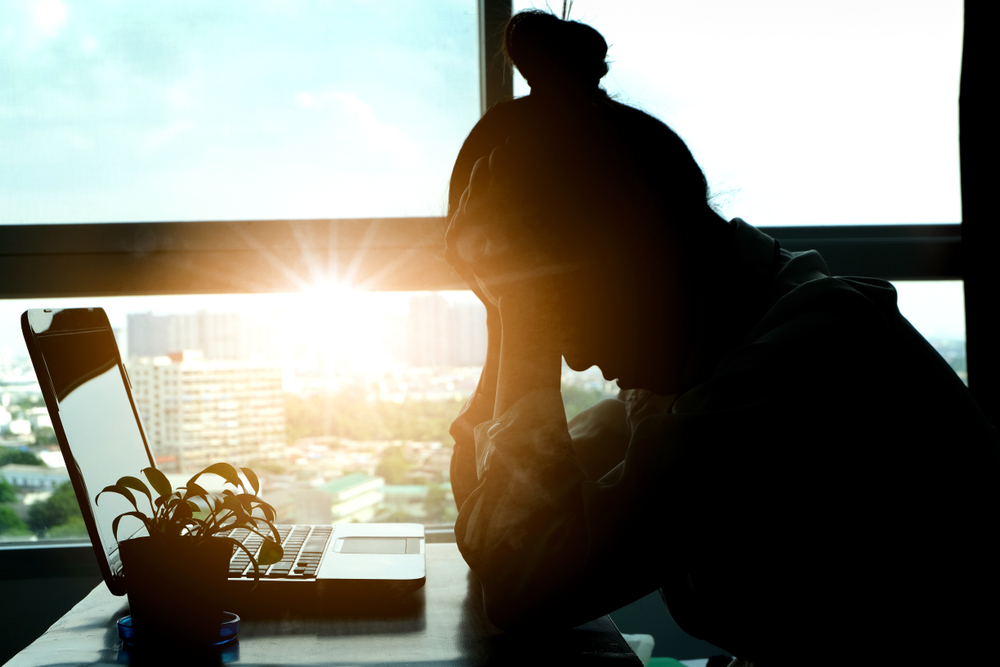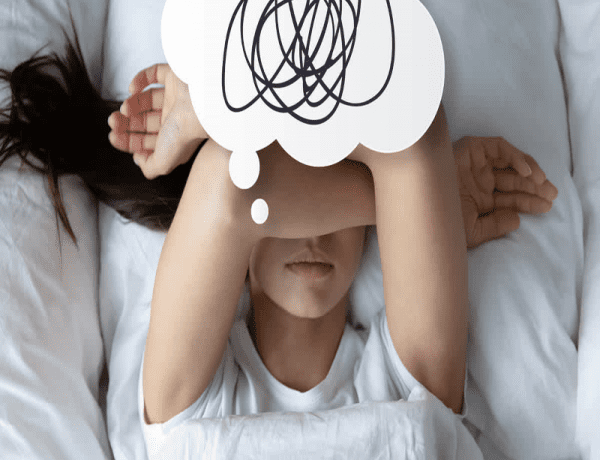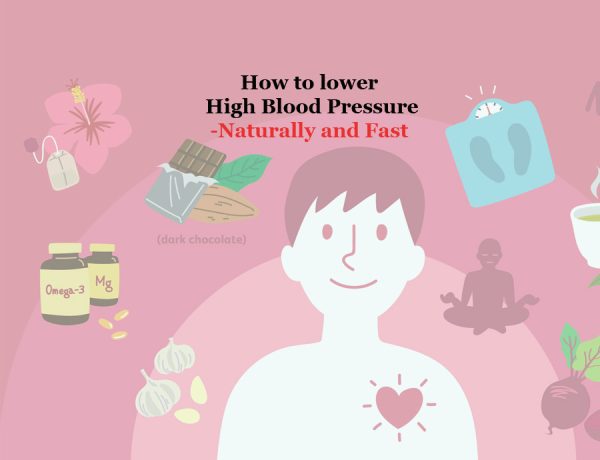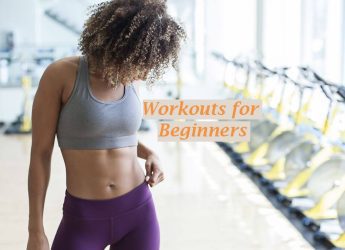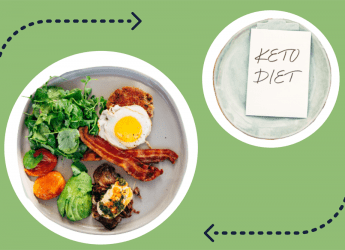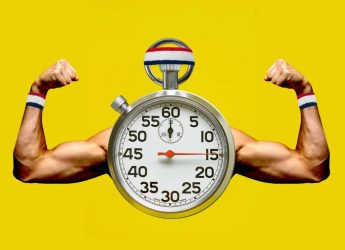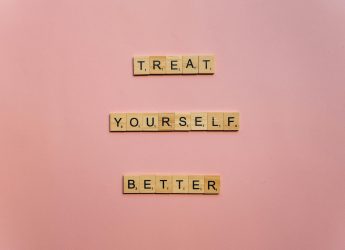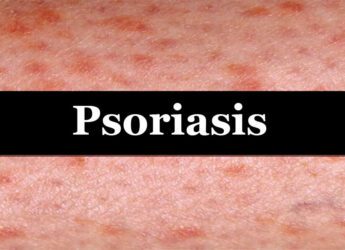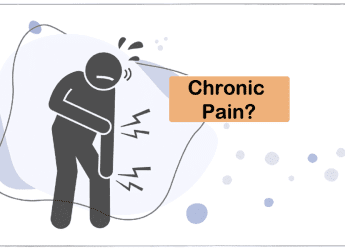If you suffer from anxiety, you’ve probably tried everything you can think of to avoid or alleviate your symptoms. Maybe you’ve thought about meditation but aren’t sure if it’s right for you.
It may be difficult for some people to envisage practicing spiritual meditation while experiencing anxiety symptoms. You may find it difficult to sit quietly or follow directions, so you’ve been hesitant to give it a shot.
If this sounds like you, remember that meditation has helped a lot of individuals cope with their anxiety. Perhaps now is the time to test whether it will work for you as well. In this article know about Meditation definition, how to do it, Meditation for stress and Meditation for anxiety.
What does it mean to meditate?
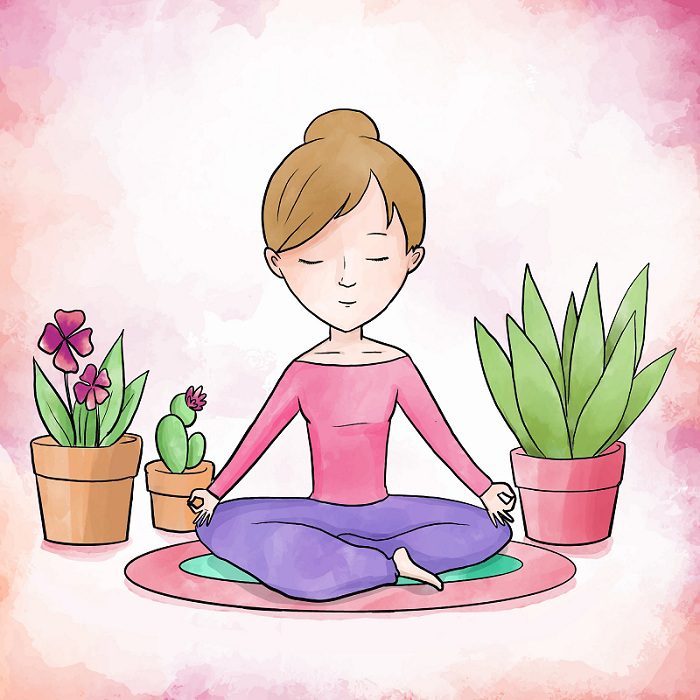 Meditation does not have a single definition. it may refer to a variety of activities depending on one’s culture and heritage.
Meditation does not have a single definition. it may refer to a variety of activities depending on one’s culture and heritage.
Meditation is a term that refers to a set of techniques and practices for focusing your attention on a single idea, object, or activity. Concentrating on the rhythm of your breathing, for example, may be termed meditation.
Calming down, improving self-awareness, and controlling emotions and thoughts are all common aims of meditation.
Is it true that meditation may assist with anxiety?
Meditation has been claimed by Buddhists to be beneficial to mental health. However, it was not until the 1960s that Western scientists became interested in it.
Numerous studies since then have demonstrated the distinct meditation benefits, including their capacity to relieve stress and anxiety symptoms.
Although there is no evidence that meditation can be used as a first-line treatment for anxiety disorders, research suggests that it can be used as a complement.
People who meditate for a long period exhibit changes in the parts of their brain that govern the stress and anxiety response, according to a review published in 2020. If you are feeling some mental health issues then read our FAQs about Mental wellness.
The prefrontal cortex and the hippocampus, in particular, are becoming more active. In addition, the activity of the amygdala, which is involved in the fight, flight, or freeze response, is reduced. According to the research, all of this points to better emotional control.
Long-term practice is not required to experience these brain changes, according to the study. A systematic review published in 2016 is one example that talks about meditation techniques for beginners. These functional and structural brain changes, which are associated with enhanced emotional control, were discovered after only 8 weeks of mindfulness-based treatment techniques.
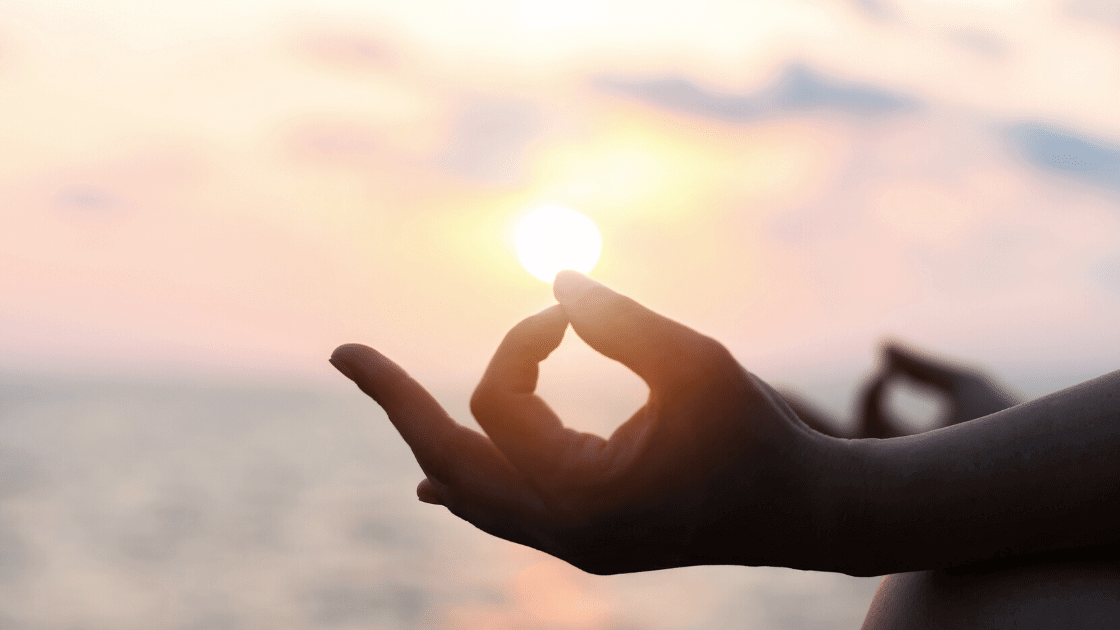
Other systematic assessments of meditation-based treatments, such as focused attention and mindfulness-based cognitive therapy, have found that these strategies reduce anxiety symptoms.
According to a 2018 study, college students aged 19 to 22 had reduced stress and anxiety after practicing meditation for stress and anxiety for longer periods of time. 5 to 12 minutes of daily practice, on the other hand, was sufficient to notice effects.
Mindfulness-based treatment has also been demonstrated to be beneficial in reducing anxiety, depression, and stress, according to a meta-analysis of 2019 research.
What is the most effective sort of anxiety meditation?
There are many different styles of meditation for anxiety and depression, and their effects are relatively similar. It is a question of personal taste and requirements to choose the best one for you.
Without any official instruction, you may do several simple kinds of meditation on your own.
Mindfulness meditation
One of the most well-known and investigated varieties of meditation is mindfulness meditation, which has its origins in Buddhist teachings. The goal of mindfulness meditation is to assist you in achieving the following goals:
- Instead of fighting what’s going on within and outside of you, go with the flow
- let go of the impulse to analyze your thoughts and environment.
- Mind and body should be calmed.
Various approaches may be used in this discipline, such as:
- Multiple breathing exercises
- Directed Imagery
- Putting concentration
Mindfulness meditation has been demonstrated to help people with anxiety symptoms both physically and mentally. It might make you feel more relaxed in general, as well as assist you avoid and manage anxiety attacks.
In fact, several studies have shown that practicing meditation for anxiety and depression on its own can help with anxiety and depression symptoms.
This sort of meditation may be done for one minute or one hour to get the advantages. You may also look for therapists who practice it or do it on your own.
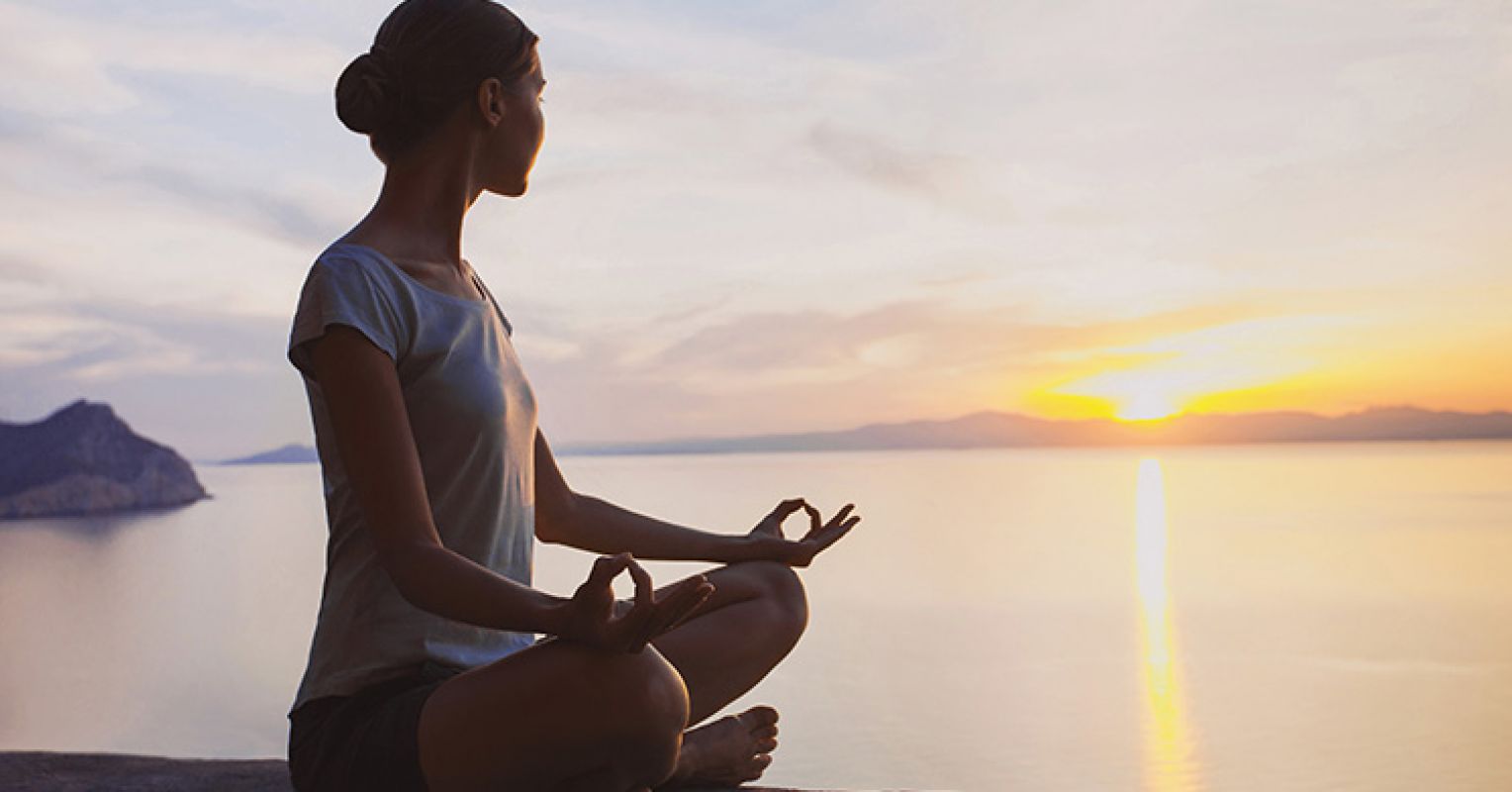
If you’d like to give mindfulness meditation a try, here are some easy steps to follow:
- Find a location to sit that is both peaceful and comfortable.
- Set a timer on your phone if you want to do so. It might be for as little as 5 to 10 minutes if you’re just starting out.
- Take a deep breath and relax your body by closing your eyes and taking a deep breath.
- Breathe normally and concentrate on your breathing: The sensation of air passing through your nose or the movement of your stomach is an example of this.
- Start by mentally counting each breath and exhalation if that makes it easier for you. When you breathe in, count to four several times when you exhale. Stop counting after you’ve become used to this beat and try concentrating on the air itself as it enters and exits your body.
- Naturally, thoughts will enter your head. Return your attention to your breathing after noticing them without judgment.
- Open your head and concentrate on how your body feels right now when you’re ready.
Body scan Meditation
Body scan meditation, also known as progressive relaxation, allows you to mentally scan your body for any painful or tight emotions and release them. So, we can quote it as probably the best meditation for anxiety and depression.
- To do this, begin at one end of your body and gradually work your way to the other.
- Starting with your feet, for example, you would progress through your legs, stomach, back, arms, and so on.
- Try pausing on each body area to see if any tension, pain, or discomfort arises.
- If you do, spend around 30 seconds focusing on those feelings. After that, take note of how you feel while you’re with them. Allow yourself to accept your feelings rather than respond to them. Try to accept that your body is fatigued. Accept any discomfort you may feel. Allowing you to let go requires acceptance.
- You may start relaxing and relieving any discomfort while you do this. Focus on your breathing, for example, and notice how each breath brings some relaxation.
- You may then shift your focus to different regions of your body and repeat the practice.
- After that, sit for a few minutes and concentrate on your entire body and its new feelings. As soon as you’re ready, open your eyes.
The stress hormone cortisol was shown to be lower in those who practiced body scan meditation for 20 minutes a day for 8 weeks. Cortisol levels that are too high have been related to a variety of illnesses, including anxiety and despair.
Conclusion
Regardless of what kind or type of meditation you are choosing for your respective anxiety and stress issues, you must focus on technique religiously. That way, you can make the most out of any given meditation session for your mental health. And moreover, a healthy lifestyle is very important for your physical and mental health.
Also read: Healthy lifestyle or Dieting


